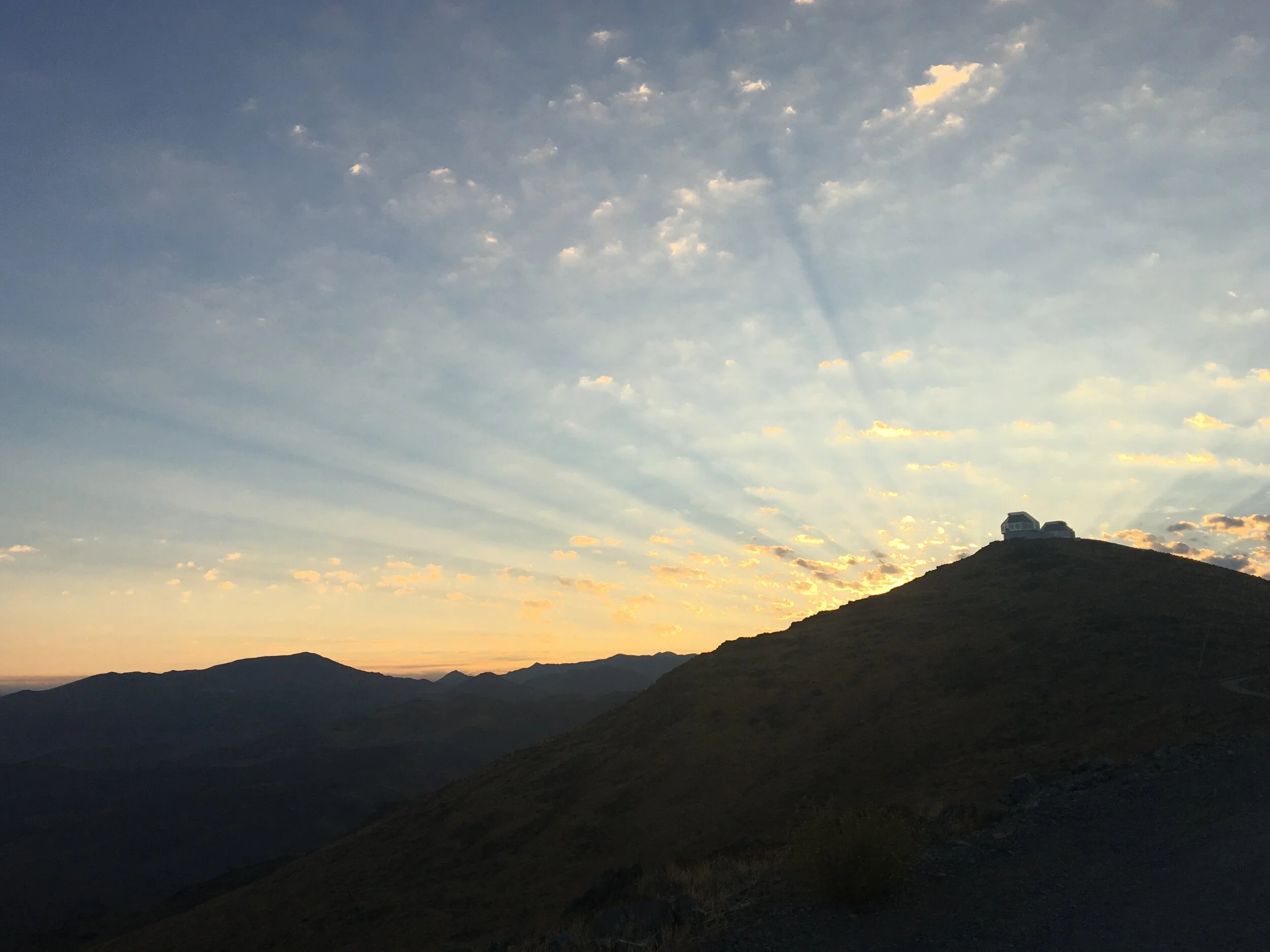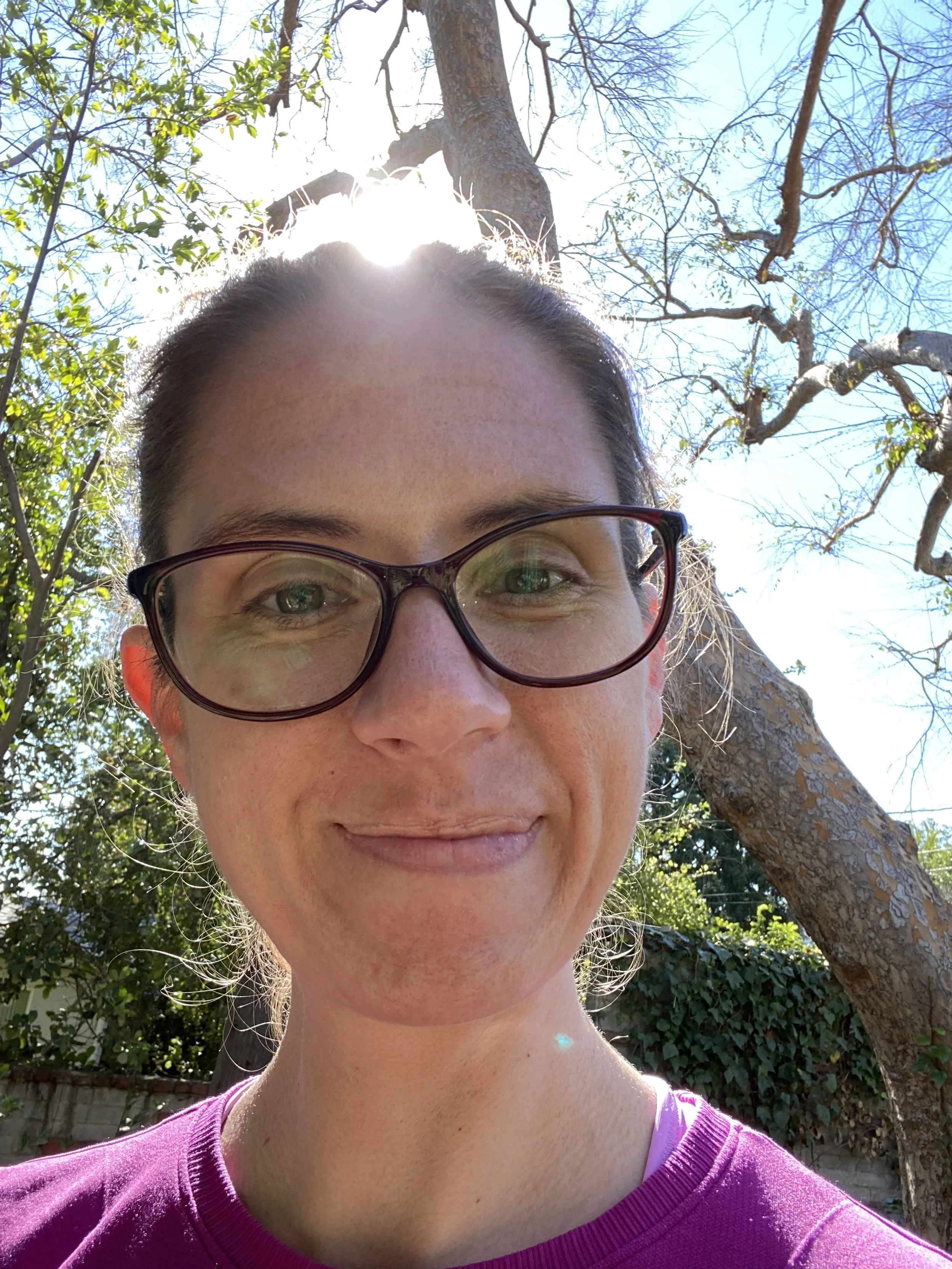I am a Staff Scientist at the Carnegie Earth and Planets Lab in Washington, DC, which formed by merging Carnegie’s Department of Terrestrial Magnetism (DTM) and Geophysical Lab (GL). From 2017-2020 I held a NASA Hubble Fellowship based at the Observatories of the Carnegie Institution for Science in Pasadena, CA. From 2014-2017 I held the Carnegie Origins Postdoctoral Fellowship, a joint position between the Carnegie DTM and Observatories.
I’m interested in understanding exoplanet compositions — their diversity, what they are related to, and how they arose — and what implications that has for the uniqueness of our solar system. My research often employs high resolution spectrometers and imagers mounted on big telescopes; observing and tinkering with these instruments is one of my favorite parts of my job.
I study the diversity of exoplanet compositions by finding and measuring the masses of small (1-3 Rearth) planets via stellar radial velocity variations. With some wonderful collaborators, I am conducting a survey of small transiting planets detected by TESS to measure their masses and thus help constrain their compositions and better distinguish whether there is evidence for multiple small planet formation channels.
I am also embarking with a fantastic team on a new survey of small transiting planets (part of the same RV survey sample!) to measure their atmospheric compositions using JWST, specifically NIRSpec/G395 covering 3-5 microns. Our program aims to understand which types of small planets even have atmospheres, whether those atmospheres are “primary” (accreted from the nebula) or “secondary” (output from the planet), and how sibling planet atmospheres are related (or not). We designed this survey to help us start to examine small planet atmospheres as a population, versus individual objects.
I study the chemical environments for planet formation through their host star compositions. How the compositions of stars vary has for a long time, and continues to be, one of our best tools for learning about the kinematic and chemical history of our Galaxy and how it compares to other galaxies. My work takes the fundamentally important technique of stellar spectroscopy and applies it to one of the newest and most dynamic fields in astronomy -- stars other than our Sun that host planets.
In addition to science related to exoplanets, I also care deeply about making science more inclusive and supportive of a diverse community. I practice this most visibly through mentorship and outreach, and I continuously try to learn and improve my practice.
When I’m not doing any of the things above, I’m probably running, Peloton-ing, or watching the Washington Nationals.

